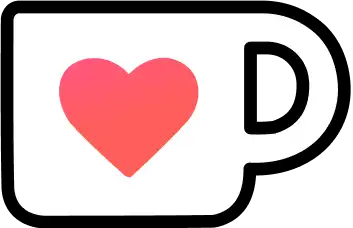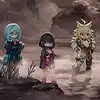Combat Basics
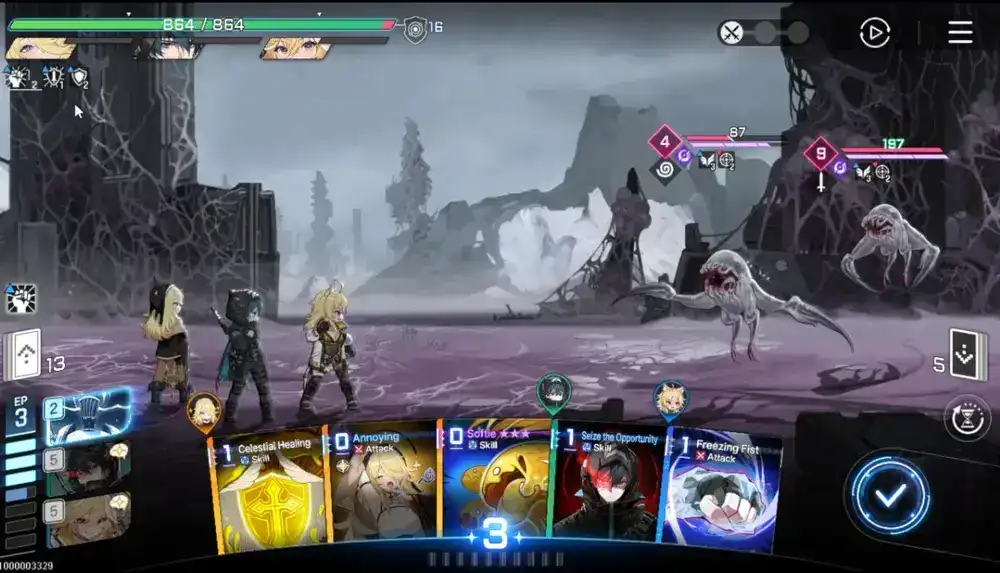
The combat system in Chaos Zero Nightmare is similar to roguelike card games such as Slay the Spire and Chrono Ark.
- Each turn you draw 5 cards.
- You start each turn with 3 Action Points.
- You can hold a maximum of 10 cards in hand.
- Each card has an AP cost associated with it, and you spend AP to play it.
Cards you have yet to draw come from the Draw pile, and cards you have drawn this turn, whether you have played them or not, go to the Discard pile at the end of the turn, unless they have the [Retain] tag.
Once you run out of cards in your Draw pile, your cards from the Discard pile are shuffled back into your Draw pile.
There are 5 types of cards:
- Attack cards usually deal damage to enemies.
- Skill cards usually heal, provide shields, buffs or debuffs.
- Upgrade cards are removed from your deck for the duration of the fight, and provide effects that last until the end of the current encounter.
- Curse cards are created by events, and exist to clog up your hand, or cause negative effects. They are usually unplayable but can be removed at a shop.
- Status cards are similar to curse cards, but they are created by enemies mid battle, and can usually be played to remove them, and they don’t stay after battle.
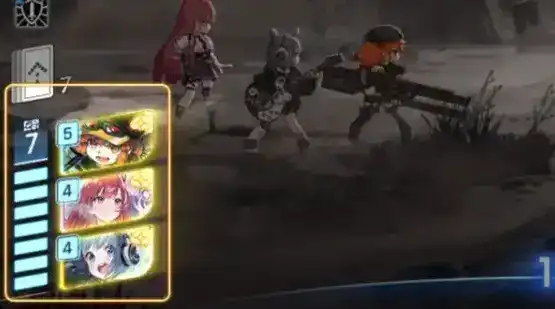
Each character also has a special Ego skill they can use during battle using EP that builds up when playing cards or defeating enemies, for a total of 3, plus another 3 for their equipped partners, making up a small “side deck” of 6 Ego skills that can be played throughout the course of a battle.
You can have up to a maximum of 7 Ego points.
Enemies
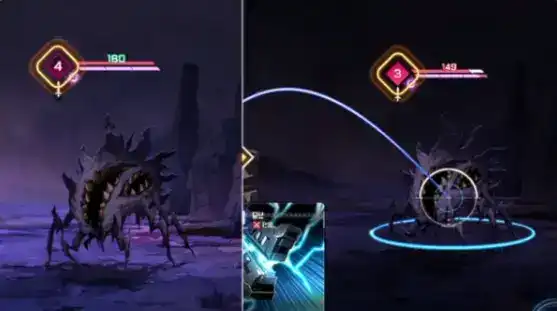
Enemies show their intent to attack, defend, cause a status effect, cast a buff or cast a debuff on their turn.
They also have an Action Counter that decreases each time a combatant uses a card, and when it reaches 0, the enemy will act early.
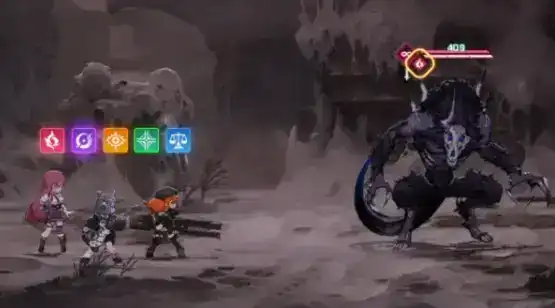
Each enemy also has an attribute they are weak to, depicted by a colored icon next to their action count.
When an enemy takes damage, they take some Tenacity damage, and their break bar decreases.
When a character with the same attribute uses an attack card on an enemy, that enemy takes a large chunk of Tenacity damage, scaling with card cost, decreasing their break bar much faster than it would when attacked by other attribute combatants.
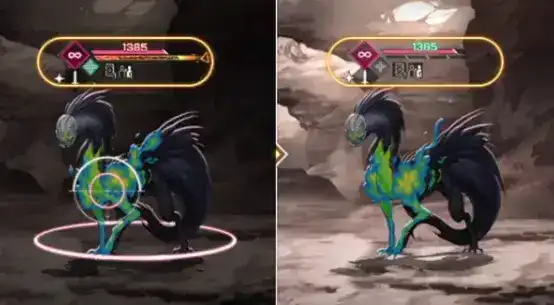
When the enemy is broken, the team recovers 1 AP, the combatant heals some stress, and the enemy Action Counter increases by 1.
Protos Skills
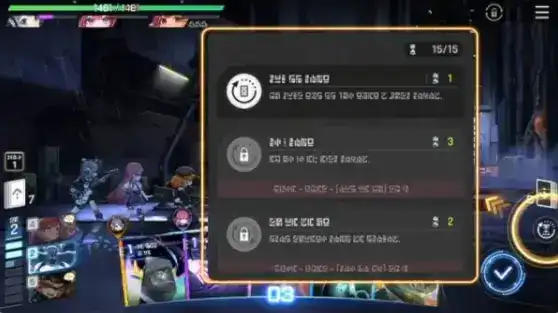
During battle, it is possible to use a special Protos Skill using hourglasses that refresh daily.
Their effects are the following:
- 1 Hourglass: Rewind last Card played.
- 2 Hourglasses: Redraw EGO Skills.
- 3 Hourglasses: Rewind current turn.
Epiphanies
During combat, a character will sometimes get a lightbulb on top of their head. This means they have a Combatant Epiphany ready.
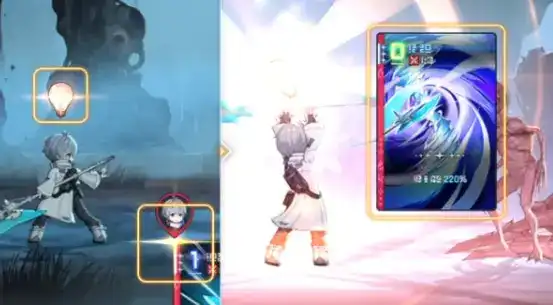
When you play one of that combatant’s cards, they will get one of their unique cards added to their deck permanently.
This card costs 0 AP the turn it is added to the hand.
Another type of Epiphany happens when a card gets that shine on its left corner, which grants it an upgrade when played.
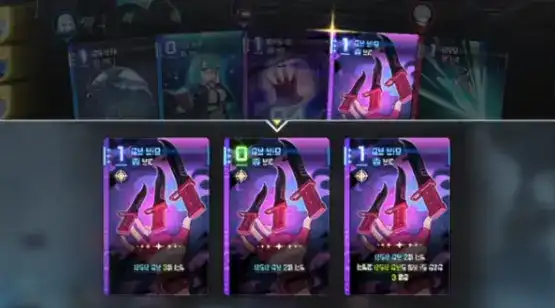
This upgrade has a low chance to instead be a Divine Epiphany, which grants an extra effect associated with one of the gods, along with the regular upgrade.
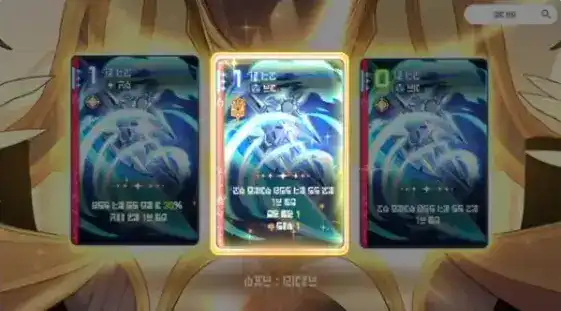
Stress
Another element to keep track of in battles is Stress. This is more relevant when tackling Chaos Deep Trauma mode.
When a character takes health damage, they also take a small amount of Stress damage, filling a small purple meter under their health.
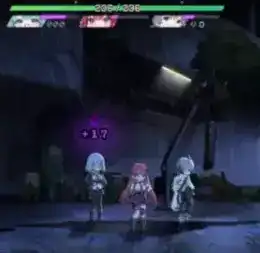
When the purple meter fills up, at 100/100 Stress, the character suffers a Mental Breakdown.
Mental Breakdown
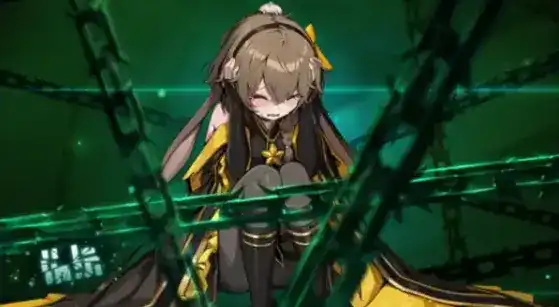
When a character suffers a Mental Breakdown, the team loses a third of their maximum health, that character’s Ego skill is disabled, and their cards are replaced with Breakdown cards, which must be played 5 times for the character to recover.
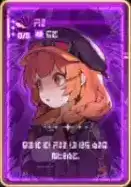
That number increases by 1 for each time the character suffers a Mental Breakdown (This cost increase is harsher in Chaos Deep Trauma mode, 5 > 6 > 8 > 10 > 12[...]).
When the character recovers from their Breakdown, the stress bar goes back to 0 (Or is reduced by a third in Chaos Deep Trauma mode), the team gains that character’s max health back, heals half of what was initially lost, leaving an empty part of the health bar that must be healed back up, and their Ego cost is discounted by 4.
How to deal with Stress
The best way to deal with Stress is to try to avoid gaining it in the first place, by using Shield cards. When an attack is blocked completely by shields, the combatant does not gain Stress.
You can also reduce some Stress by healing, using special cards that reduce Stress, breaking enemy Tenacity bars, and resting at camp nodes, but these methods heal too little Stress to be enough by themselves without the damage mitigation of shields.
Keep in mind that Overhealing does not reduce Stress, it only works when HP is restored.




